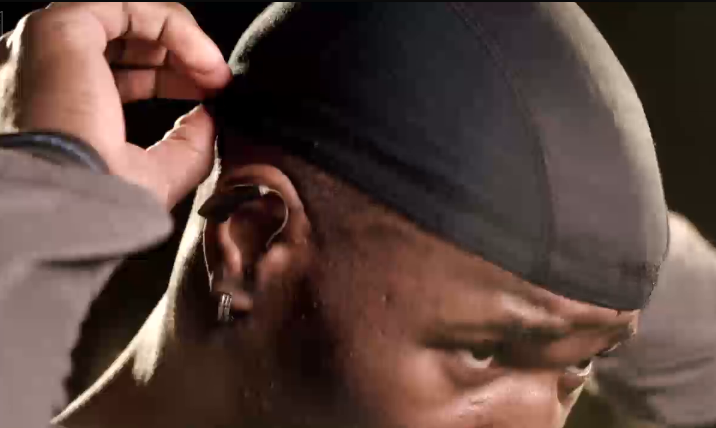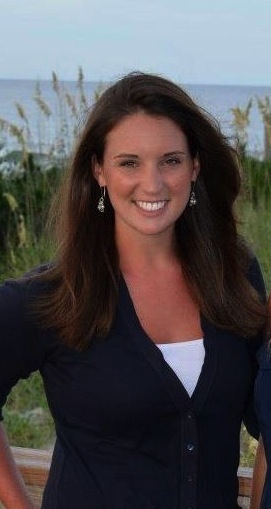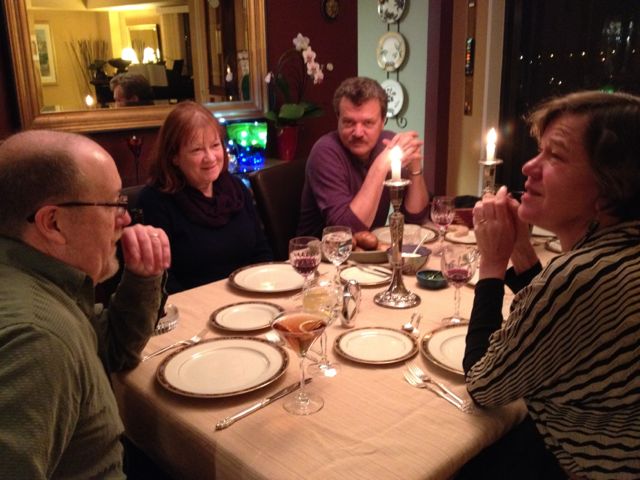Seven Guitars
February 5, 2014 • 8 Comments • Posted in blindness, Uncategorized
That’s Emjoy Gavino (the actress who played the woman who is blind), Ron OJ Parson (the director), me, and my retired Seeing Eye dog Hanni We’re on the set of Court Theatre’s production of “Wait Until Dark.”
Back in 2009 I got an email message from stage management at Court Theatre in Chicago. They were staging Wait Until Dark. Maybe you’ve seen the film version starring Audrey Hepburn? It’s a thriller about a con-artist who terrorizes an unsuspecting blind woman. The Court Theatre cast didn’t have much experience with blindness, so they’d emailed me wondering if I’d be willing to come by at rehearsal to, well, show them the ropes.
The first rehearsal started with questions from the actors about how good I was at recognizing voices, whether I could determine who someone was by the sounds of their shoes on pavement, that sort of thing. Then came Emjoy, the actress playing the Audrey Hepburn part, with a more difficult question: “How do you think the friends you’ve made since you were blind are different than the friends you made when you could see?”
I had to think this over a bit before answering. “I think the friends I’ve met since I lost my sight are surprised to find out they actually like me,” I finally said. The cast was silent. I felt a need to explain. “It’s kind of like if I were the first black kid to go to an all-white high school. People want to meet me so they can think they’re cool, they’re open-minded, you know, they can tell other people that they have a friend who has a disability.”
One of the guys around the circle laughed. “You’re telling our story!” he said. I wasn’t sure what he meant, exactly, so I just continued. “And then if they take the time to get to know me, they’re surprised to find out they like me.” Another cast member phrased it better. “They’re surprised to find out there’s more to you than being blind.” I nodded.
We sat in that circle for almost two hours – they’d ask questions, I’d answer, we’d get off subject, then back on track again. “This is probably a dumb question…” they’d start off, then ask some of the most interesting questions I’ve heard since losing my sight. Time up, they had to get back to work and rehearse.
As I buttoned my coat to head out, I got to thinking about that guy who said I was “telling their story” and realized I had a dumb question of my own.
“Is the whole cast black?” I asked. The cast laughed, and Emjoy said no. “I’m Filipina,” she explained. “But my husband in the play is black.” Another cast member chimed in. “One cop is White,” he said. “The other is Black.” Gloria, the little girl who comes down and visits from the apartment upstairs, is Hispanic.
“Did you cast it this way on purpose, or did it just happen by coincidence, those are the people who tried out?” I ask. The director had left the room by then, but they called him back to answer this one. He told me this play is traditionally done with an all-white cast. “But it’s a new era — we’ve got a black president now!” He said it was in that spirit that he decided to cast Emjoy, a Filipina, in Audrey Hepburn’s role. “We didn’t have to change a single line in the play to make this work,” he said. “And if you think of it, this play is set in Greenwich Village in the 60s – these are the sorts of people you would see there.”
That director was Ron OJ Parson, and I found out later that he’s nationally known for his work directing the plays of August Wilson. Back when I first met Ron, though, I had no idea who August Wilson was. Now, thanks to Ron, I do.
August Wilson is a Pulitzer Prize-winning playwright best known for his series of ten plays, The Pittsburgh Cycle. Each play in the cycle is set in a different decade of the 20th Century, most of them are set in Pittsburgh, and each one explores the African-American experience of that decade.
Ron OJ Parson has directed five of Wilson’s plays at Court, and he has contacted me during each run to treat me to tickets. I’ve seen Fences, The Piano Lesson, Jitney, and Ma Rainey’s Black Bottom. Each one was terrific, but Seven Guitars, the August Wilson play Mike and I got to see last Saturday, is my favorite, hands down. Hard to know if it is Wilson’s writing, the brilliance of the actors, or the way Ron directed them. Or maybe it was hearing some of the actors sing and play the blues during the show? Whatever the reason, Seven Guitars was one of the most engaging plays I’ve seen in a long while. The banter was quick, lively, and oh so natural. Lyrical, come to think of it. Gee, I wonder if that’s why it’s called Seven Guitars!
The performance at Court Theatre, 5535 S. Ellis in Chicago, has been extended to February 16, 2014, and if you live anywhere in the Chicago area I encourage you to go see –and hear –it. Tickets are available by phone (773.753.4472) or online at the Court Theatre website.


